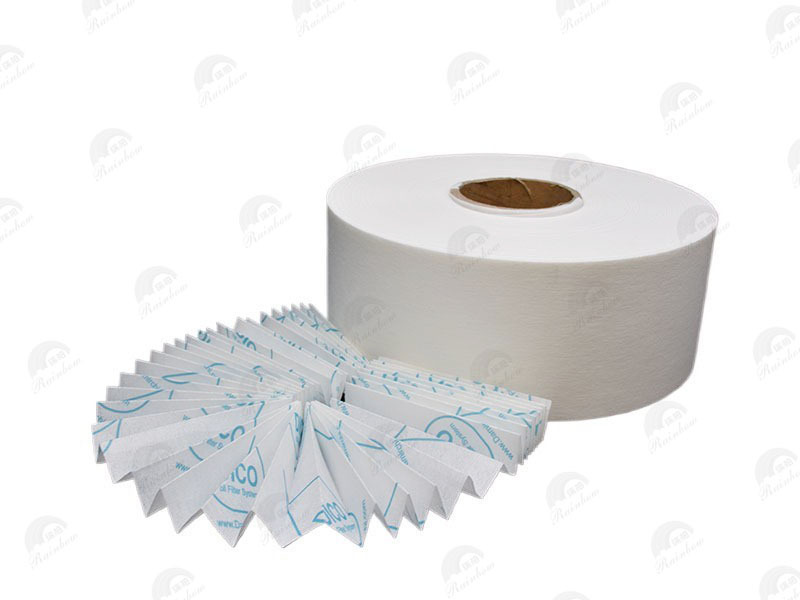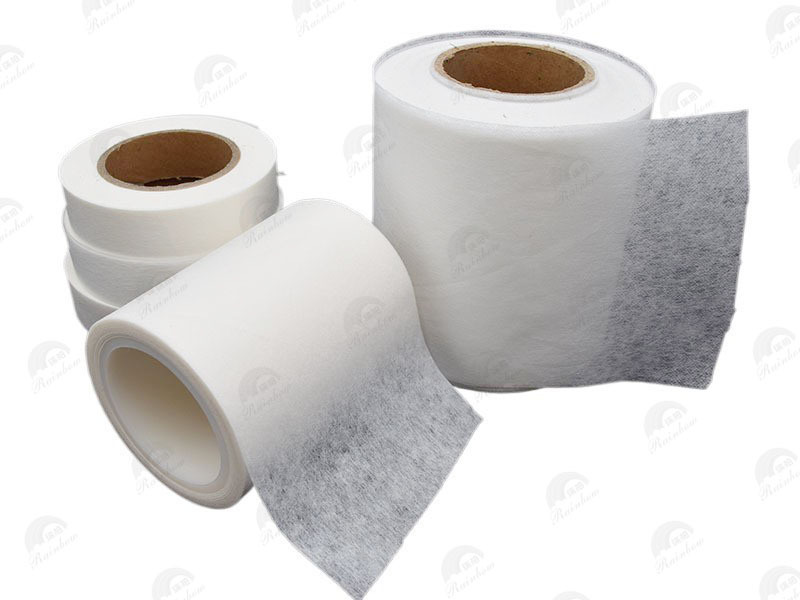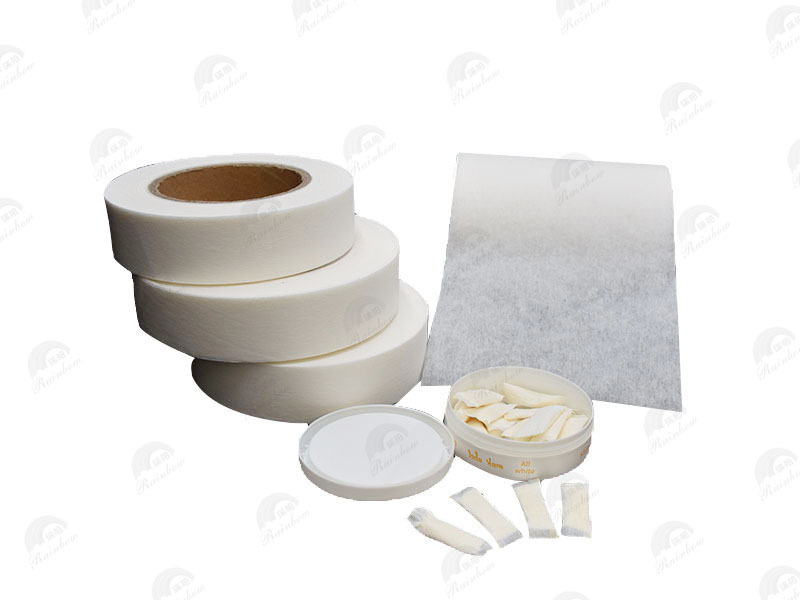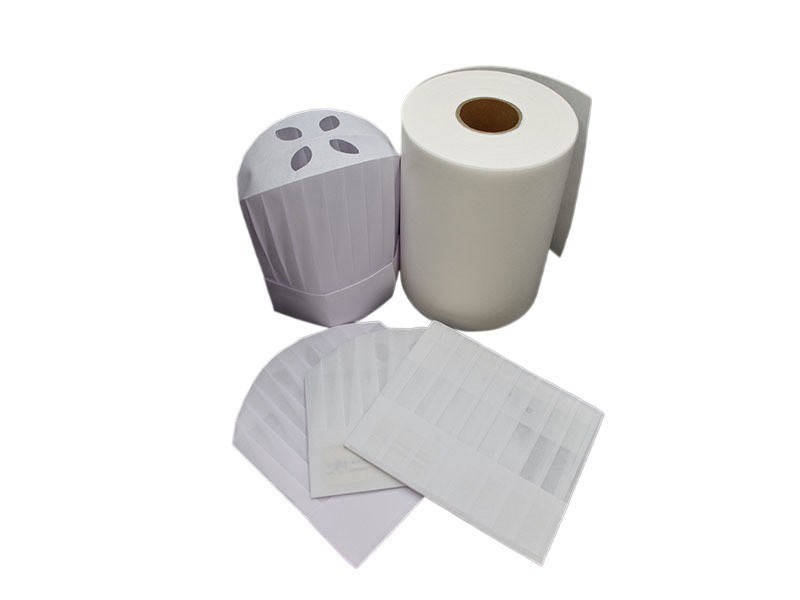The Best Practices for Using Heat Seal Nonwoven Backing in Embroidery
Release time:
2025-07-07
The Best Practices for Using Heat Seal Nonwoven Backing in Embroidery
Embroidery is both an art and a science, requiring the right materials and techniques to create stunning designs. One essential component that often goes unnoticed is the backing material. Among various types, **heat seal nonwoven backing** stands out for its versatility and effectiveness. This article dives deep into the best practices for using heat seal nonwoven backing in embroidery, providing you with the knowledge to enhance your projects.
Understanding Heat Seal Nonwoven Backing
Heat seal nonwoven backing is specially designed to provide support and stability to embroidered fabrics. Unlike traditional woven backings, nonwoven options are made from fibers that are bonded together through heat and pressure, resulting in a lightweight and flexible material. This unique composition allows for better adherence to fabrics, making it an excellent choice for a variety of embroidery applications.
Benefits of Using Heat Seal Nonwoven Backing
Before delving into best practices, it’s essential to understand why heat seal nonwoven backing is a preferred choice among embroiderers:
- **Enhanced Stability**: It offers superior stability during the stitching process, preventing puckering and distortion.
- **Ease of Use**: The heat-activated adhesive simplifies the application, ensuring a secure bond with minimal effort.
- **Versatility**: Suitable for various fabrics, including knits, wovens, and blends, it accommodates diverse embroidery projects.
- **Improved Durability**: The backing withstands multiple washes without losing its adhesive properties, ensuring longevity.
Choosing the Right Heat Seal Nonwoven Backing
Selecting the appropriate type of heat seal nonwoven backing is crucial for achieving optimal results. Consider the following factors:
Fabric Compatibility
Different fabrics react uniquely to heat and pressure. For example:
- **Lightweight Fabrics**: Use a lighter weight backing for delicate materials to prevent damage.
- **Heavy Fabrics**: Opt for a more robust backing to provide adequate support.
Adhesive Strength
The adhesive used in heat seal nonwoven backings varies in strength. Choose a backing with the right adhesive strength based on whether your project will experience heavy wear or is intended for decorative use only.
Type of Embroidery Design
Complex designs with intricate details may require thicker and more stable backings. In contrast, simple designs may only need a lightweight backing. Always match the backing to the complexity of your embroidery.
Best Practices for Preparing Your Fabric and Backing
Preparation is key to achieving impeccable embroidery results. Follow these best practices:
Pre-Washing Fabrics
Pre-washing your fabric can remove any chemicals or finishes that may impede the adhesion of the backing. Always follow the manufacturer's instructions regarding washing and drying.
Cutting the Backing
When cutting your heat seal nonwoven backing, ensure that it is slightly larger than the embroidery design. This extra margin allows for optimal adherence and coverage.
Proper Alignment
Align the backing correctly with the fabric to ensure that the design is centered. Misalignment can lead to uneven stitching and undesirable outcomes.
Applying Heat Seal Nonwoven Backing Correctly
Correct application is paramount for achieving durable and professional embroidery results.
Setting the Right Heat and Pressure
Every heat seal nonwoven backing has specific temperature and pressure settings. Always consult the manufacturer's guidelines and adjust your heat press accordingly.
Heat Settings
Typically, a setting between 320°F to 375°F works well for most nonwoven backings. Use a heat-resistant thermometer to ensure accurate temperatures.
Pressure Settings
Apply medium to heavy pressure during the pressing process. This ensures a strong bond between the backing and fabric.
Pressing Technique
- **Preheat the Fabric**: Before applying the backing, preheat the fabric for a few seconds to remove moisture and ensure better adhesion.
- **Position the Backing**: Place the backing adhesive side down onto the fabric.
- **Press**: Cover with a pressing cloth and apply heat for the recommended time. Avoid lifting the press too soon to prevent lifting or curling.
Choosing the Right Embroidery Technique
The choice of embroidery technique can also influence the effectiveness of heat seal nonwoven backing.
Stitch Density and Type
Dense stitching may require additional stabilization. Choose a backing that can handle the stitch density without compromising the fabric's integrity.
Consider Embroidery Software Settings
Adjust your machine settings according to the backing and fabric you're using. Ensure that the tension is appropriate for the thickness of the backing to avoid thread breakage or uneven stitching.
Post-Embroidery Care and Maintenance
Proper care following the embroidery process can dramatically extend the life of your finished products.
Removing Excess Backing
Carefully trim any excess backing around the design after completing the embroidery. This step enhances the final appearance and reduces bulk.
Washing Instructions
- Wash your embroidered items in cold water on a gentle cycle to preserve the integrity of the backing.
- Avoid bleach and fabric softeners, which can degrade the adhesive properties of the backing.
Storing Embroidered Items
Store finished embroidery in a cool, dry place away from direct sunlight. Use protective covers or boxes to prevent dust accumulation and fading.
Common Issues and Troubleshooting Techniques
Even with the best practices, issues may arise. Here are some common problems and solutions:
Puckering or Distortion
If puckering occurs, check the tension settings on your embroidery machine. You may need to adjust the tension or switch to a more stable backing.
Adhesive Residue
If you find adhesive residue on the fabric, it may have been applied at too high a temperature. In the future, ensure you are using the correct settings.
Frequently Asked Questions (FAQs)
1. What types of fabrics are best for heat seal nonwoven backing?
Heat seal nonwoven backing works well with a variety of fabrics, including cotton, polyester, and blends. Always test on a small fabric piece first.
2. Can I reuse heat seal nonwoven backing?
Once heat seal backing is applied and used, it cannot be reused. Its adhesive properties degrade after the first application.
3. How do I know which weight of backing to use?
The weight of the backing should be matched to the weight of the fabric. Lighter fabrics require lighter backing, while heavier fabrics benefit from sturdier backings.
4. Is heat seal nonwoven backing suitable for all embroidery machines?
Yes, heat seal nonwoven backing can be used with most embroidery machines. However, always check compatibility with your specific model.
5. What is the best way to remove heat seal backing after embroidery?
Gently trim away excess backing and use a warm iron to help release any stubborn sections. Avoid pulling too hard to prevent damaging the fabric.
Conclusion
Utilizing heat seal nonwoven backing in embroidery can significantly enhance the quality and durability of your projects. By choosing the right backing, preparing properly, applying techniques effectively, and knowing how to troubleshoot common issues, you can achieve professional results every time. Whether you are a seasoned embroiderer or a beginner, following these best practices will elevate your embroidery game and yield stunning designs that stand the test of time. Embrace the versatility of heat seal nonwoven backing, and watch as your embroidery creations flourish.
Heat Seal Nonwoven Backing for Embroidery
Previous Page
Previous Page
Latest News
Nantong Rainbow Technology Co., Ltd.
Telephone:+86-13587673537
E-mail:chrislc717@163.com
Address: Group 42, Xizansi Village, Xiting Town, Tongzhou District, Nantong City, Jiangsu Province

Copyright©2024 Nantong Rainbow Technology Co., Ltd. | Powered by www.300.cn
Copyright©2024 Nantong Rainbow Technology Co., Ltd.
Powered by www.300.cn





